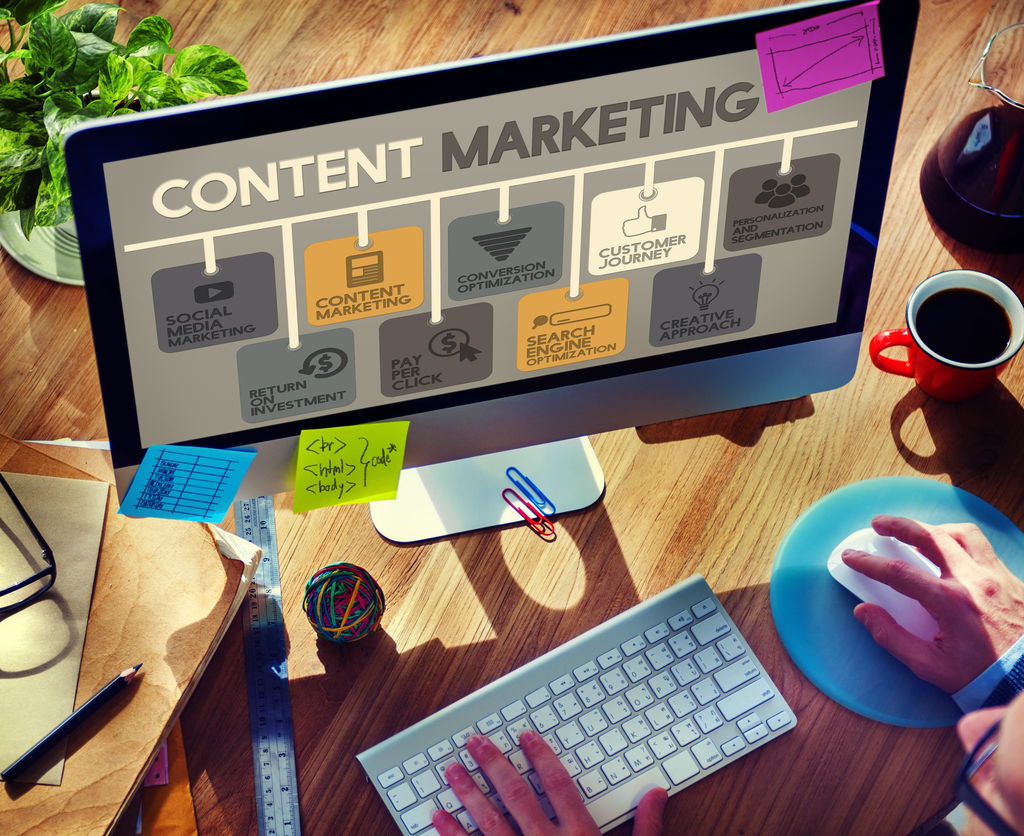In this moment of business change, we can see the trends toward the specialization of content so that if brands want to prosper in the market, they have to pay more attention to the consumer and their needs. That is the predominant role of content marketing, especially in visual storytelling.
The Importance of Content Marketing
In our day-to-day life, we are surrounded by content. More than 27 million pieces of content are published daily. Suppose we consider content marketing as a strategy aimed at awakening consumer interest. In that case, it implies, then, the commitment to an omnichannel strategy optimized, which should lead us to a different way of doing content marketing. Look at the following samples: – Improving the experience of users with the brand through any channel. – Increasing the notoriety of the brand in the digital field. – Defining more operative workflows for managing the brand and its audiences. – Increasing sales with lead capture and conversion processes. – Loyalty to customers with personalized promotions. As a result of the digital transformation, Content Marketing has gained even more importance thanks to omnichannel: better digestible and more personalized formats that manage to open new markets, introduce new products in the market, and increase sales of the company. For all this, today more than ever, transformation and innovation processes in any Marketing department must know multiple contact channels (digital and physical) and understand their consumers perfectly. In other words, think and feel like them: – What needs do they have? – What are you willing to pay monetarily and emotionally for our product? – Where do you feel most comfortable at the time of acquiring it? – Through what means do you wish to receive the information?
The Use of Content Marketing in Different Technologies
Next, I show you some examples of the use of Content Marketing leveraged in different technologies and digital trends:
1. Virtual Reality
It will take the user experience to another level. The total immersion of the experience will cause an absolute change in how we consume the content, for example, in the real estate sector.
2. Interactive Wi-Fi
We can use Wi-Fi as a marketing and communication channel to better understand our customers and communicate with them in a personalized way according to their interests and preferences. For example, stores or department stores that, when they detect that you are in their facilities, send you a message via your mobile saying where the product you were looking for is.
3. Chatbots
This technology is based on Artificial Intelligence and allows companies to solve, monitor, and centralize agile queries and incidents through instant messaging platforms. For example, in the retail sector, clothing and cosmetics brands have developed their chatbots on the Facebook Messenger platform to make it possible for their customers to talk with their virtual assistants. The virtual assistant has the important function of recommending specific products based on their tastes, style of dress, skin tone, etc. In short, the key is getting to know your audience, preparing good content, and detecting new technological trends. In this way, we will be able to tell a coherent story about the brand innovatively, satisfying our customers’ needs and establishing a relationship of trust.
A Content Execution Plan
Once you have defined the type of content you will create, you must establish the process to create it. Your content execution plan should be a step-by-step map of how an idea becomes a finished product. This plan adds stability to your marketing content efforts and ensures that you can track the progress of each content at each level. What should a content execution plan include? A program, an idea in the process, a project report, and a content chain of command. The Program: You already know what you want to achieve with your content; how much content do you need? Do you need a video for a week? Two blog posts per day? A webinar and a demonstration per month? Create a content program and share it with your team. All people involved in content marketing should know the program so that deadlines do not surprise them. The shorter the term, the more people can participate in each content. The Idea: Who is in charge of generating ideas? Certain people should be responsible for contributing content ideas periodically, but this should also be open to anyone with a good idea. You do not want someone to shut up an idea due to a closed creation process. It would help you define where to send ideas and who approves them. Once your idea is the app, continue it. The Report: If your content involves more than one person, you might consider implementing mandatory reports. A report summarizes the idea behind the content, the objectives, the target audience, the deadline, and the role of each person involved in the project. An excellent A good report helps you avoid mistakes and dizziness and reduces questions between project managers and content creators. Create a template for the report and share it with your team. In this case, you may need a content marketing platform. You can find so many platforms available in the market. The Creation: All the people who create content must know their place in the chain towards the final product. When creating content, for example, start with the writers. After the written part, you could pass the document to an editor. Then, you could continue with the designers or video makers. Once the content is complete, you can continue with the manager. Any required changes will be sent to the corresponding creator after that, to a manager for final approval. Maybe, you have a project manager managing the process between these steps. You may also not have the resources to take on this complex process, and the process would only involve a writer and a designer. In any case, people should know their place in the process and their responsibilities in the project.
